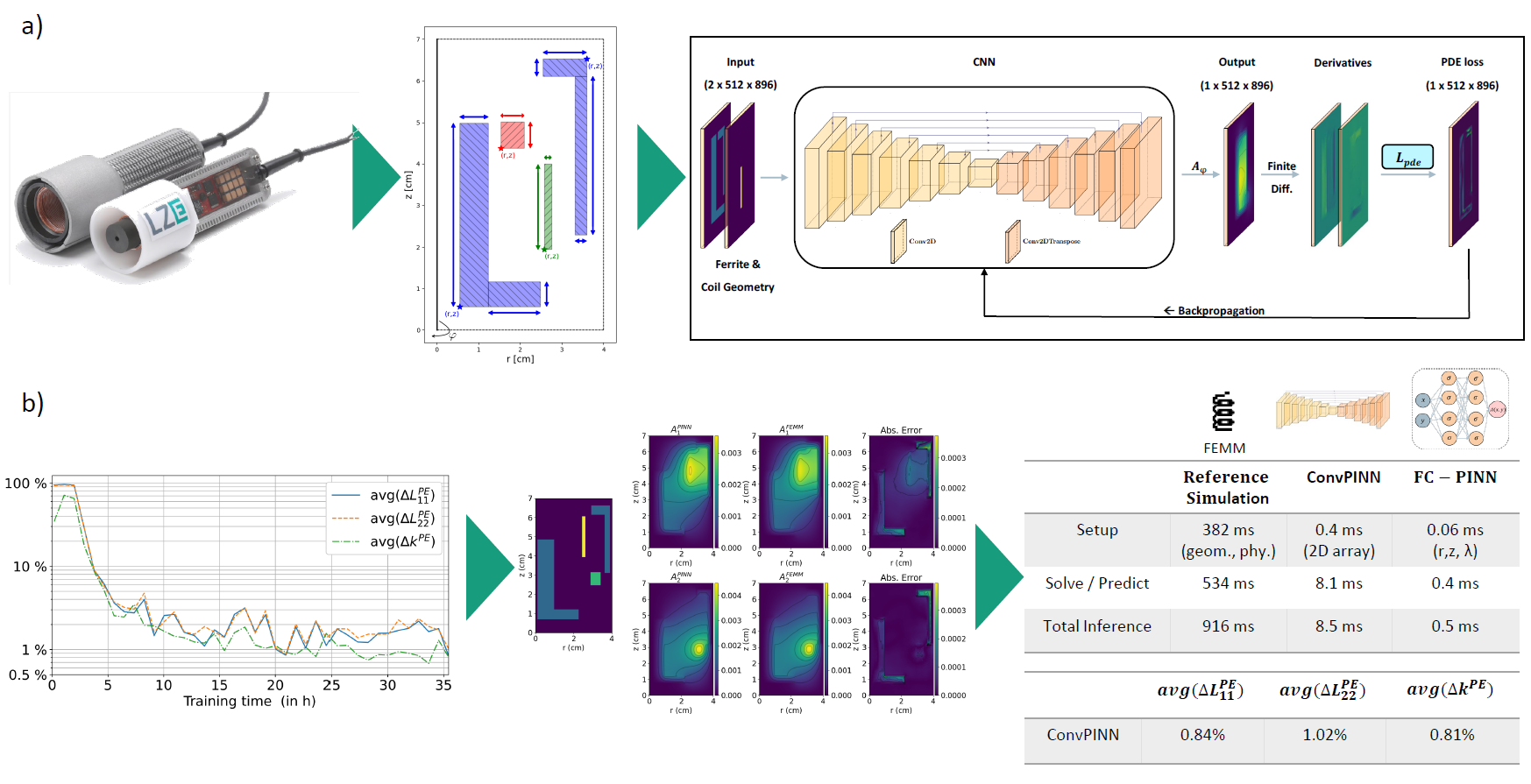

Simulation has become an indispensable tool in modern engineering to solve complex problems without or at least with a reduced number of experiments. However, both established numerical and data-driven approaches, face inherent limitations that hinder their effectiveness in capturing complex physical phenomena. Numerical methods, though widely used, often struggle with high computational costs and the curse of dimensionality, particularly in scenarios characterized by intricate geometries or multiscale interactions. Additionally, these methods heavily rely on mesh generation, posing challenges when dealing with evolving or irregular domains. On the other hand, data-driven approaches can suffer from the need for extensive labeled data and may struggle to generalize accurately in regions with sparse or no observations. Recognizing these challenges, physics-informed neural networks (PINNs) have emerged as a promising paradigm that integrates the strengths of both numerical and data-driven methods, offering a novel approach to address the shortcomings of current simulation techniques:
- Physics-informed: PINNs seamlessly integrate physical principles into the learning process, enabling accurate modeling of complex systems as well as inter- and extrapolation based on fundamental laws.
- Data efficiency: PINNs require less or even no labeled training data compared to purely data-driven approaches, making them effective in scenarios with limited or expensive data collection.
- Separation: The stages of model development and training (with high computational effort) and the subsequent application or inference phase are split. The resulting PINN-simulator commonly requires only a fraction of a second to approximate complex physics.
- Adaptability to irregular geometries: PINNs excel in handling problems with irregular geometries, as they do not rely on structured meshes, overcoming a common limitation in traditional numerical methods.
- Multiscale capabilities: PINNs can effectively capture and model multiscale phenomena, enabling the study of intricate interactions between
different scales in a system. - Flexibility: Directly coupled equations including established or artificial boundary conditions can be approximated just by evaluating (instead of solving) the equations. This strategy reduces the need for explicit enforcement and provides a more flexible and robust approach.
Our research group AI-augmented Simulation works on the application of PINNs in several domains of power electronics and semiconductor technology. Two examples are shown below.
 Fraunhofer Institute for Integrated Systems and Device Technology IISB
Fraunhofer Institute for Integrated Systems and Device Technology IISB